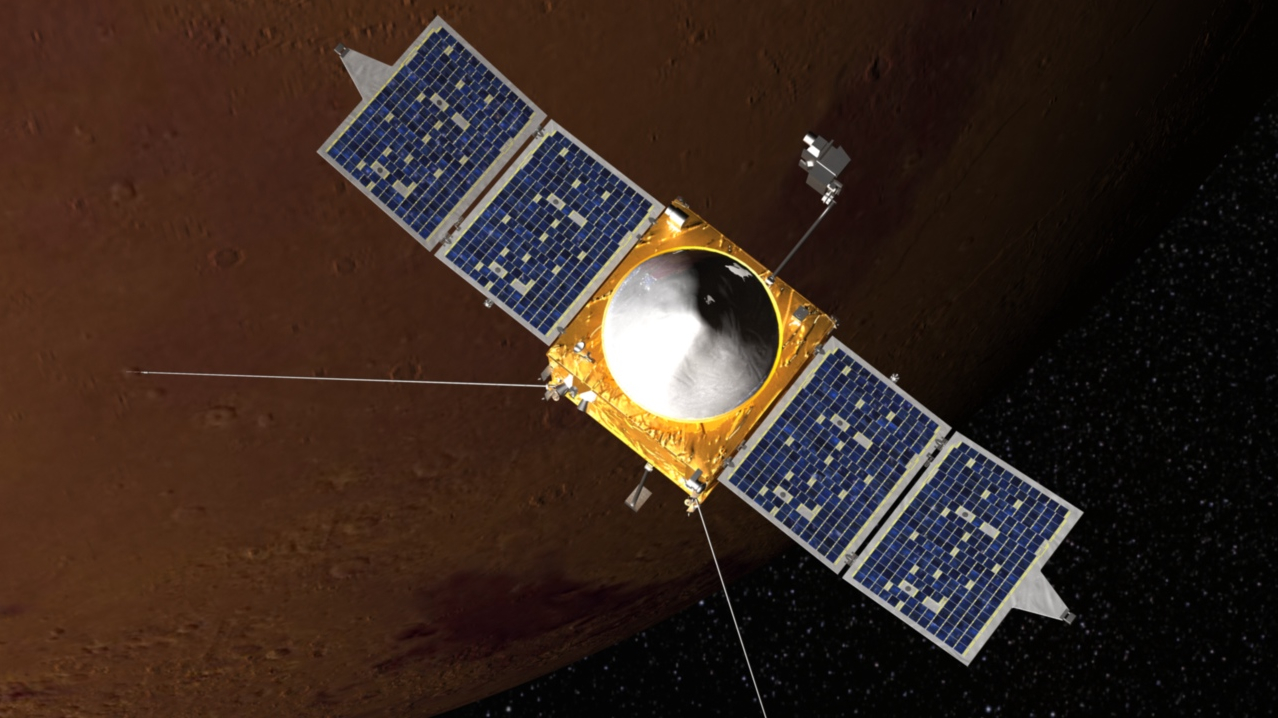Planetary Alignment
Tomorrow morning (Monday, February 17, 2020) be on the look out for a nice planetary alignment. If you are up early tomorrow morning and have a good view of the southeastern sky be sure to check out Saturn, Jupiter, Mars and the Moon as they line up in that order.

Additionally, for those in the DFW area the International Space Station will be making a fairly bright pass (-0.6 mag) right through this line up! In fact, the space station should pass between Saturn and Jupiter around 6:37 a.m. See the screen shot above that I made from Stellarium for more information regarding the alignment and passing of the ISS through them on Monday, February 17th 2020.
Mars Occulation
There’s more! The next morning Tuesday, Feb. 18th the Moon will occult or pass in front of the planet Mars. Complete details of the timing of this event from numerous locations in the U.S. can be found on the International Occultation Timing Association’s (IOTA) web page.
Continue reading Planetary Alignment & Mars Occultation



